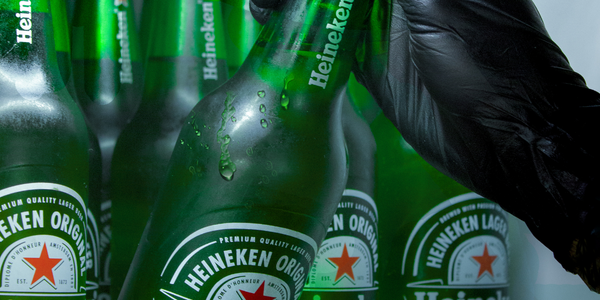Technology Category
- Sensors - GPS
Applicable Industries
- Automotive
- Food & Beverage
Use Cases
- Personnel Tracking & Monitoring
- Time Sensitive Networking
Services
- System Integration
About The Customer
Kerala Kitchen is a family-owned business that has been serving authentic Indian food since 2009. The business started with a single food truck and has since expanded to two restaurant locations. The founder, Lewis, was inspired by the light coastal flavours of Kerala and started the business out of his love for curry. The business has grown from a single food truck to a successful restaurant chain with over 30 employees. Despite their success, Kerala Kitchen faced challenges in staff scheduling and communication, which were exacerbated by their expansion. They sought a solution that would not only streamline these processes but also empower their manager, Daniela Rodriguez, who was responsible for these tasks.
The Challenge
Kerala Kitchen, a thriving family business serving authentic Indian food, faced significant challenges with staff scheduling and communication as they expanded from a single food truck to two restaurant locations. The traditional method of using Excel spreadsheets for creating weekly rotas was proving inefficient and error-prone. Staff often forgot to check their hours, leading to confusion and miscommunication about shifts. The manual timesheet system for tracking attendance was not only devoid of any insight into labour sales percentage data but also lacked compliance proof. This led to further complications during payroll processing and holiday requests, with the process being prone to human errors and inaccuracies due to illegible handwriting.
The Solution
To address these challenges, Kerala Kitchen implemented Bizimply, a workforce management software. The software replaced the Excel-based scheduling with a simple, colour-coded drag-and-drop system that provided instant visibility into labour costs for each department. The team found the software easy to use and appreciated the improved communication it facilitated. The MyZimply App, part of the Bizimply software, allowed staff to access their schedules anytime and update their personal contact details, eliminating the need for printed rotas and reducing confusion about shift changes. The software also automated the process of tracking employee shift times, making it easier for managers to approve and export data to payroll. This not only saved time but also reduced errors, leading to significant cost savings.
Operational Impact
Quantitative Benefit

Case Study missing?
Start adding your own!
Register with your work email and create a new case study profile for your business.
Related Case Studies.

Case Study
The Kellogg Company
Kellogg keeps a close eye on its trade spend, analyzing large volumes of data and running complex simulations to predict which promotional activities will be the most effective. Kellogg needed to decrease the trade spend but its traditional relational database on premises could not keep up with the pace of demand.

Case Study
HEINEKEN Uses the Cloud to Reach 10.5 Million Consumers
For 2012 campaign, the Bond promotion, it planned to launch the campaign at the same time everywhere on the planet. That created unprecedented challenges for HEINEKEN—nowhere more so than in its technology operation. The primary digital content for the campaign was a 100-megabyte movie that had to play flawlessly for millions of viewers worldwide. After all, Bond never fails. No one was going to tolerate a technology failure that might bruise his brand.Previously, HEINEKEN had supported digital media at its outsourced datacenter. But that datacenter lacked the computing resources HEINEKEN needed, and building them—especially to support peak traffic that would total millions of simultaneous hits—would have been both time-consuming and expensive. Nor would it have provided the geographic reach that HEINEKEN needed to minimize latency worldwide.

Case Study
Integral Plant Maintenance
Mercedes-Benz and his partner GAZ chose Siemens to be its maintenance partner at a new engine plant in Yaroslavl, Russia. The new plant offers a capacity to manufacture diesel engines for the Russian market, for locally produced Sprinter Classic. In addition to engines for the local market, the Yaroslavl plant will also produce spare parts. Mercedes-Benz Russia and his partner needed a service partner in order to ensure the operation of these lines in a maintenance partnership arrangement. The challenges included coordinating the entire maintenance management operation, in particular inspections, corrective and predictive maintenance activities, and the optimizing spare parts management. Siemens developed a customized maintenance solution that includes all electronic and mechanical maintenance activities (Integral Plant Maintenance).










